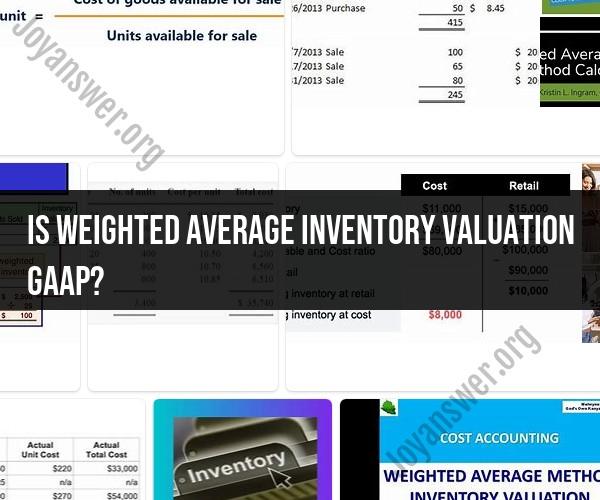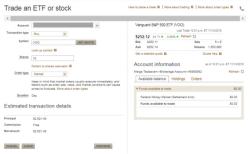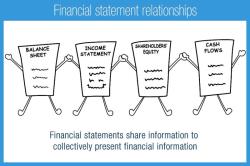Is weighted average inventory valuation GAAP?
Yes, weighted average inventory valuation is an acceptable method under Generally Accepted Accounting Principles (GAAP) for valuing inventory. GAAP provides businesses with several options for valuing inventory, and the weighted average method is one of them.
Under the weighted average method:
Calculation: The cost of goods sold (COGS) and the value of ending inventory are calculated by taking the weighted average cost of all units available for sale during the accounting period.
Formula: The formula for calculating the weighted average cost per unit is:
Weighted Average Cost per Unit = Total Cost of Goods Available for Sale / Total Units Available for Sale
Application: This weighted average cost per unit is then applied to both the units sold (COGS) and the units remaining in ending inventory to determine their values.
The weighted average method is particularly useful when a business has a large volume of inventory items with varying purchase prices, and it wants to smooth out the effects of price fluctuations over time. It is a practical approach for businesses that deal with products that are interchangeable and do not have distinct identifiable costs.
It's important to note that while the weighted average method is a valid and widely used inventory valuation method under GAAP, businesses should be consistent in their choice of inventory valuation method from one accounting period to the next. Additionally, specific accounting standards may provide additional guidance on inventory valuation, so it's advisable to consult with a professional accountant or refer to the applicable accounting standards for detailed guidance based on your specific circumstances.













